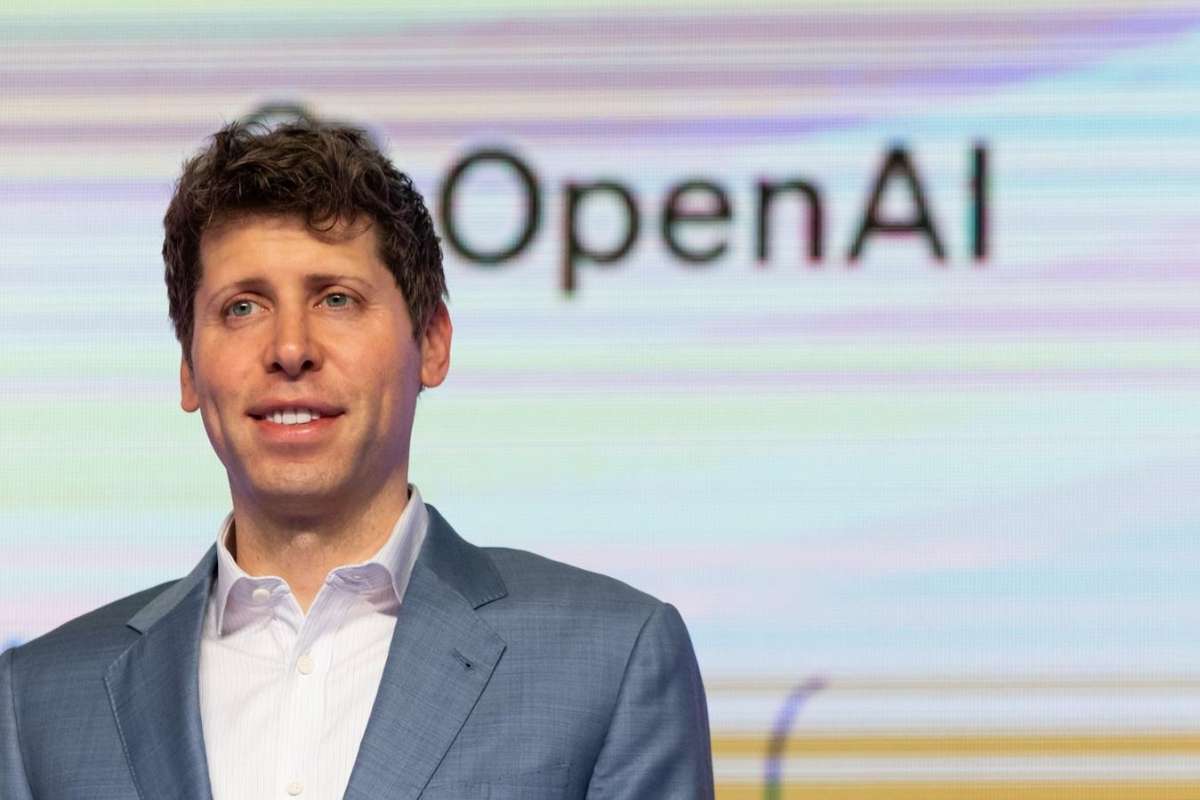Change is no longer a seasonal visitor; it is the permanent business climate. Digital adoption, artificial intelligence, and green transitions are reshaping jobs faster than companies can update their handbooks. For workers, this shift feels like standing on moving ground; for leaders, it is both a challenge and a chance. The one tool that addresses both sides of the equation is reskilling and upskilling, a deliberate strategy that strengthens employees while steering companies toward future growth.
In boardrooms across industries, CIOs and CEOs are realizing that learning isn’t optional anymore; it is survival. The organizations that succeed tomorrow will be the ones that build today’s workforce into an adaptable, multi-skilled ecosystem.
Understanding Reskilling and Upskilling
Though often used interchangeably, the two terms differ in scope. Upskilling means building more profound expertise within a current role. For example, a digital marketer who learns advanced analytics tools is upskilling to become more effective in the same field. Reskilling, by contrast, prepares someone for a completely new role—a retail worker shifting into supply chain logistics.
As Forbes contributor Cheryl Robinson explains, the distinction is critical: reskilling supports career pivots while upskilling helps professionals stay competitive where they already are. Both serve as engines of mobility, giving workers new footholds and organizations fresh capacity. Reskilling and upskilling create a workforce that can flow with the tides of change instead of resisting them.
Why Reskilling and Upskilling Matter Today
The urgency comes from three intersecting pressures:
- Technological Disruption: Artificial intelligence, automation, and cloud adoption are changing the definition of jobs. To remain effective, CIOs must ensure their teams understand data, security, and emerging tools. IBM’s AI upskilling initiatives prove that even tech giants need continuous renewal.

- Sustainability and Energy Transition: Companies like Iberdrola and Repsol are retraining staff to support green energy projects. Workers who once handled fossil fuel operations now learn wind and solar maintenance. This alignment ensures that workforce transformation matches corporate purpose.
- Talent Shortages: Hiring from outside is costly and slow. According to LinkedIn Learning, internal mobility powered by Reskilling and upskilling reduces recruitment costs and boosts employee loyalty.
In short, change is happening whether companies prepare or not. The organizations investing in growth through learning will write the rules of tomorrow.
Reskilling and Upskilling for CIOs and CEOs
CIOs: Architects of Technological Readiness
For Chief Information Officers, the stakes couldn’t be higher. Their teams must adapt to constant software updates, cybersecurity threats, and AI integration. CIOs need to:
- Conduct skills audits to identify emerging gaps.
- Drive tech-literacy programs across departments, ensuring employees are fluent in data tools, not just IT staff.
- Embed training into live projects, making upskilling part of delivery rather than an afterthought.
IBM has been at the forefront of this, designing AI literacy courses for thousands of employees so they can responsibly integrate automation into workflows. For CIOs, reskilling and upskilling aren’t just workforce perks—they are risk management.
CEOs: Guardians of Strategic Agility

If CIOs manage the “how,” CEOs shape the “why.” For them, reskilling and upskilling are directly linked to corporate resilience. Forward-looking CEOs align learning with strategic priorities—sustainability, customer centricity, or profitability.
Take Iberdrola, for instance: by investing in reskilling programs, the company ensures its workforce is not left behind in the clean energy transition. CEOs who adopt this mindset can steer their organizations through unpredictable markets while building reputations as employers of choice.
The Benefits of Reskilling and Upskilling
When done right, these programs produce a ripple effect far beyond the classroom:
- Future-Proof Workforce: Employees stay relevant and confident even as roles evolve.
- Cost Savings: Training insiders is often cheaper than recruiting and onboarding new staff.
- Higher Retention: Workers who feel invested tend to stay longer, reducing churn.
- Innovation Boost: Fresh skills encourage employees to approach problems from new angles.
- Stronger Brand Reputation: Companies that are seen as committed to people development attract top talent.
The World Economic Forum calls this a “reskilling revolution,” stressing that widespread adoption can generate billions in productivity and millions of opportunities worldwide.

How to Implement Reskilling and Upskilling
Implementation is less about expensive tools and more about consistent frameworks. Leading organizations follow a few steps:
- Assessment and Prioritization: Identify which skills will drive the most value in the next two years. TalentGuard suggests aligning these with future business goals, not just current pain points.
- Blended Learning Models: Use micro-learning, virtual workshops, and mentorship. LinkedIn Learning notes that employees retain more when practical lessons are embedded in real work.
- Internal Mobility Programs: WEF encourages companies to create internal talent marketplaces—platforms that allow employees to test new roles while keeping organizational knowledge intact.
- Leadership Sponsorship: A program succeeds only when leaders actively participate. When CEOs and CIOs publicly share their learning journeys, employees see reskilling as part of company DNA.
Common Obstacles and How to Overcome Them
Even with the best intentions, Reskilling and upskilling efforts often face hurdles.
- Low Participation: Training feels optional unless leaders set an example.
- Certificate Collecting: Employees may complete courses without applying knowledge. To fix this, Cornerstone suggests adopting a “new-skilling” approach, where training ties directly to measurable outcomes.
- Budget Constraints: Smaller firms can start with quarterly pilots—simple projects demonstrating tangible benefits.
Overcoming these challenges requires shifting the mindset from “training as cost” to “learning as investment.”
Real-World Examples
- Repsol has transitioned thousands of employees into roles within the renewable energy sector, proving that industrial workers can thrive in new-age skills with the proper support.
- IBM built one of the most extensive AI-focused reskilling programs, ensuring its workforce could adapt alongside the technologies it creates.
- LinkedIn Learning has documented success stories where companies achieved measurable retention gains by embedding upskilling into career paths.
These examples show that theory works in practice—when learning is strategic, deliberate, and people-first.
Conclusion
The future of work isn’t about job titles; it’s about skills. Companies that commit to reskilling and upskilling build resilience in their operations and their people. CIOs and CEOs must lead this movement, linking learning to individual growth and strategic priorities.
For employees, it means ownership of their careers. For businesses, it means adaptability, cost savings, and a culture of innovation. For society, it means economic strength in the face of disruption.
FAQs:
Q1. Are reskilling and upskilling the same thing?
No. Upskilling means enhancing skills in your current role, while reskilling prepares you for a different role altogether. Both, however, serve the common goal of adaptability.
Q2. Who should own these initiatives?
It’s a collective effort. CIOs focus on technical readiness, CEOs set strategy, and HR operationalizes the learning framework.
Q3. How do companies measure success?
Impact is visible in faster onboarding, smoother internal mobility, lower error rates, and employee retention—not just in course completion certificates.
Q4. Can small businesses afford reskilling programs?
Yes. Even low-cost options—online platforms, mentorship, peer-led training—can produce significant results when tied to real projects.
Q5. What’s the biggest benefit for employees?
Career security. In a world where roles change rapidly, those who embrace Reskilling and upskilling maintain relevance and expand opportunities.


















